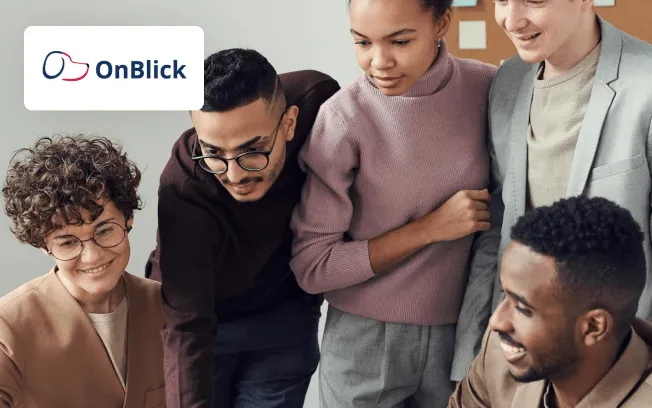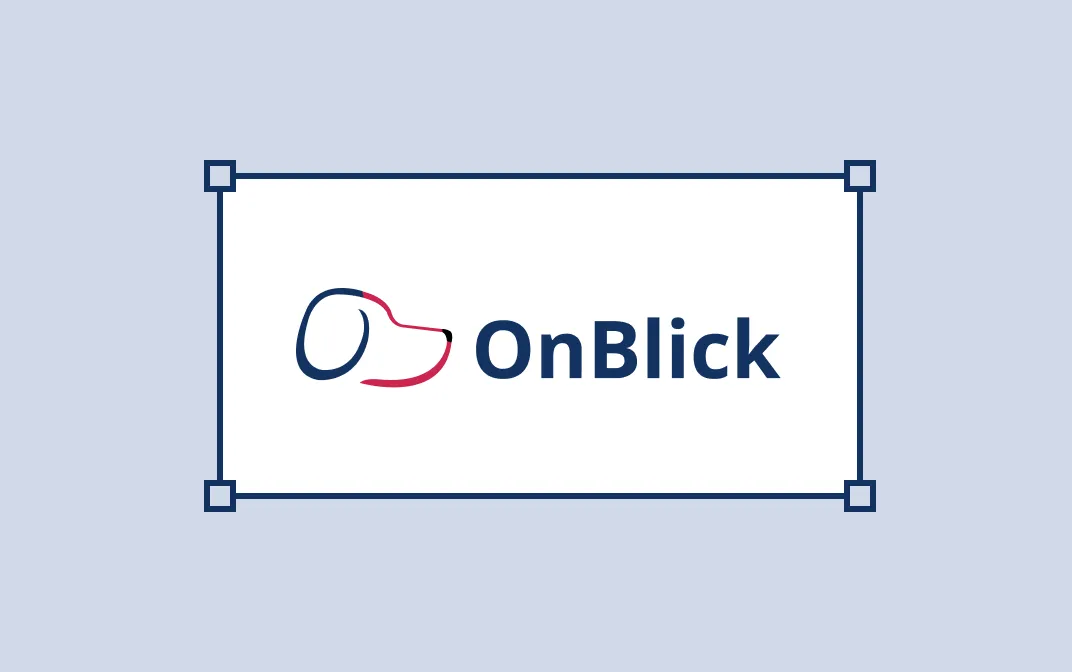


At Oncode Institute, research moved fast, but paperwork didn’t. In a collaborative environment where scientists, clinicians, and partners come together to accelerate cancer breakthroughs, delays in contract workflows meant delays in research itself. Every collaboration starts with an NDA or a data-sharing agreement, and these documents often got stuck in back-and-forth emails and manual steps.
Signeasy gives Oncode Institute a centralized, digital platform to send, track, and manage research agreements, bringing structure to contract workflows and removing delays from the equation.
About Oncode Institute
Oncode Institute is a Netherlands-based research organization working to accelerate cancer breakthroughs. It brings together top scientists, clinicians, and partners across institutions to collaborate on cutting-edge projects — from fundamental research to translational programs.
Every new project involves paperwork: NDAs, collaboration agreements, licenses, data-sharing policies, and more. With external partners across involved institutions, contract delays quickly became a bottleneck.
To better understand how Signeasy supports day-to-day operations, we sat down with Alina Boca-Eichner, a Data Entry Operator at Oncode Institute, to walk through the key challenges and improvements her team has seen firsthand.
The challenge: Coordinating multi-party contract workflows took too much effort
Before Signeasy, contract signing at Oncode Institute was a digital but multi-step process that often slowed things down. Multiple collaborators involved (sometimes across different institutions spread across the globe) sometimes caused delays, and progress varied on a case-by-case basis.
Their workflow looked like this:
- Finalizing documents for signatures
- Collecting signatures from each signatory separately
- Editing signatory details could lead to re-signing in certain instances
- Remembering to chase each signature separately until the document is fully executed (process can range from a few days to a few weeks)
The solution: One platform to simplify the entire contract execution process
Oncode Institute chose Signeasy to simplify contract management across teams and institutions. Now, contract workflows are easily managed online, with visibility into every step of the process.
Because their work involves global collaboration, Oncode Institute depends on digital tools to stay efficient and aligned. Alina Boca-Eichner and her colleagues now manage contract execution using Signeasy. Together, they ensure contracts move forward without bottlenecks or technological delays.
With Signeasy, they can:
- Send agreements to multiple signers in a few clicks
- Track document status in real-time
- Edit signer details mid-process without restarting
- Receive a notification when a party has signed
- Easily send out reminders for signatories to sign the document
Track signer activity without sending follow-ups
For Alina, getting documents signed used to mean sending multiple emails, with no idea if anyone had opened the file. Reminders can be easily sent out via the platform, helping the team avoid follow-ups and keeping signers on track.
The real-time notifications feature shows when documents are viewed or signed. If someone hasn’t opened a document, it’s often a sign that the email was entered incorrectly, and the team can fix it right away.
“I really like the real-time notifications, especially the reminders. It’s very time-effective, easy to use, and super quick.” – Alina
Update signer details mid-process without starting over
In multi-signer workflows, details change. A signer leaves the project. An email address is mistyped. Earlier, that meant voiding the entire document and starting fresh. With Signeasy’s edit signer feature, Alina can quickly update signer info and keep the contract moving.
“Before, the whole document would be voided. Now we can just change the signer and continue. Very useful.” – Alina
Results Oncode Institute can count on
With Signeasy, Oncode Institute has:
- Reduced contract turnaround time from days to hours, assuming alignment among stakeholders and timely responses from all signees
- Spent less time redoing documents when signers change mid-process
- Reduce admin load by chasing individual parties for their signature
Seamless adoption for signers
Signeasy didn’t require walkthroughs or instructions. Unlike other tools they use, it was intuitive for signers. Documents were reviewed and signed quickly, without any confusion or support requests.
When we asked Alina to describe Signeasy in one word, she said:
“User-friendly. I’ve sent so many documents and never had anyone ask how to use it.”
That kind of ease gives the team confidence (and time back) to stay focused on what matters most: advancing science through collaboration.


.webp)





.webp)

